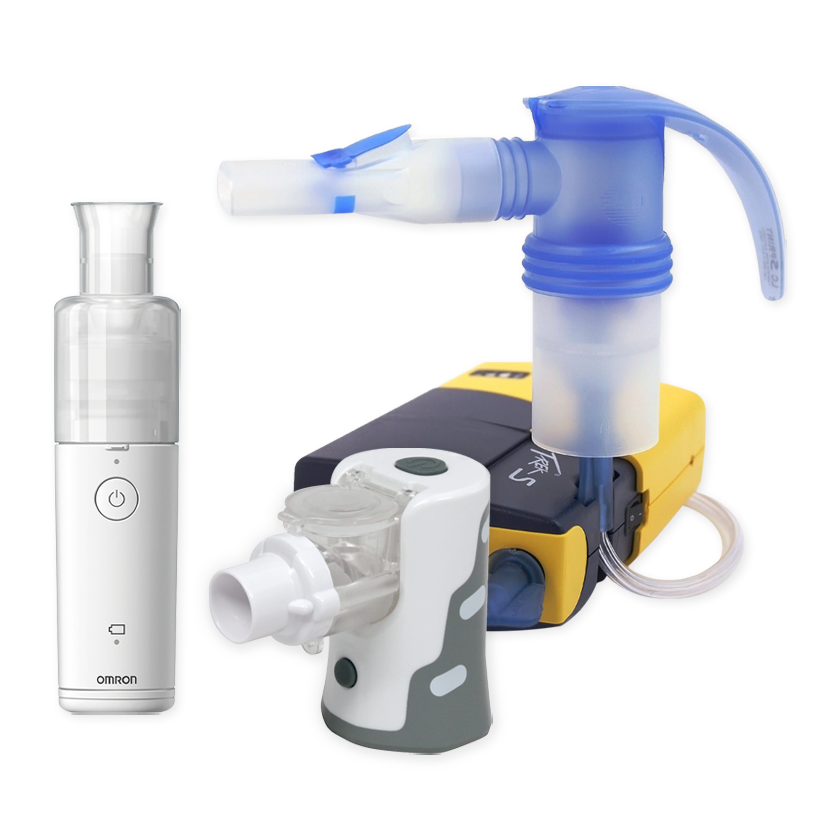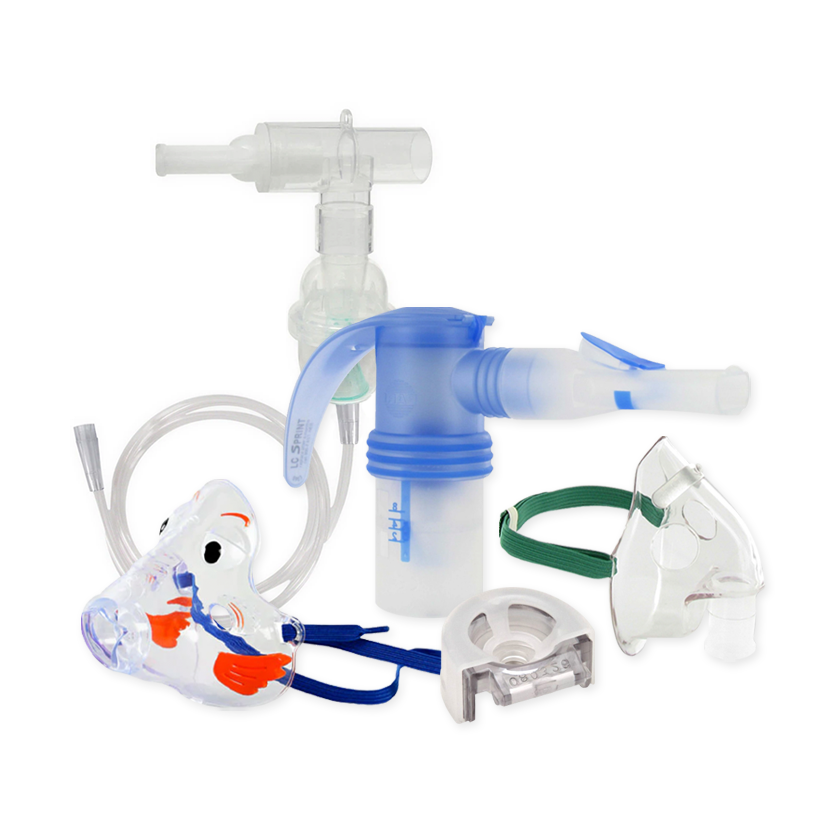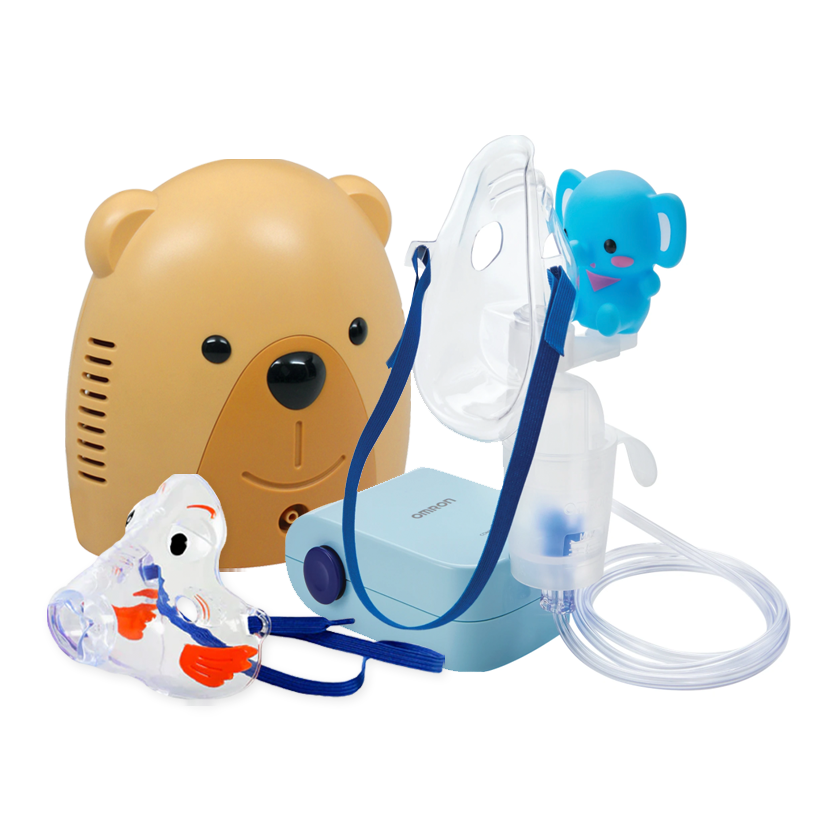Your Cart is Empty
Free Shipping on all orders over $75! Plus, free express shipping on select items.
Menu

Free Shipping on all orders over $75! Plus, free express shipping on select items.
Nebulizer Systems
Travel Nebulizers
Nebulizer Accessories
Just For Kids
Oxygen Supplies
Study Finds Doctors Are Overdiagnosing Asthma
May 04, 2016 1 min read
This year, a study from the Netherlands found that in a group of 650 children diagnosed with asthma, 54% did not actually have it. A 2008 study from Canada found that in a group of 540 individuals diagnosed with asthma, 32% did not have it. And a 1996 study from Australia found that in a group of kids who had chronic coughs, a whopping 90% of those diagnosed with asthma did not have it.
So, why are there so many misdiagnoses?
Properly diagnosing asthma takes a lot of time and is a hassle that many doctors and patients don’t want to put up with. Peak lung flow, airflow obstruction, and airway inflammation should all be measured. Then the patient should start taking asthma medication. Then peak lung flow, airflow obstruction, and airway inflammation should all be measured again to conclusively show that the medication had an effect.
Many doctors believe asthma is relatively easy to diagnose and therefore all these tests are a waste of time and money. And in many cases, they’re correct.
However, a misdiagnosis of asthma can cause a patient real problems. As a side effect, corticosteroids, a popular asthma medication people take through a nebulizer or inhaler, suppress the activity of immune cells in one’s airways. To make matters worse, the less one’s airways are inflamed, the more corticosteroid they’ll absorb, meaning the side effects are the worst for the people who benefit from corticosteroids the least.
Hopefully in the future more careful diagnosing and more accurate asthma tests will curb the problem of overdiagnosing.
Subscribe
Sign up to get the latest on sales, new releases and more …

NEW CUSTOMERS SAVE 10% OFF YOUR FIRST PURCHASE OF $20 OR MORE.
Code will be sent to email entered if applicable
SIGN UP FOR FUTURE SALES, NEW PRODUCTS AND ANNOUNCEMENTS
{"themeColor":"#061f77","iconColor":"#061f77","showLogo":true,"topBottomPosition":0,"rightLeftPosition":5,"iconSize":"large","iconCustomSize":64,"position":"middle-right"}



